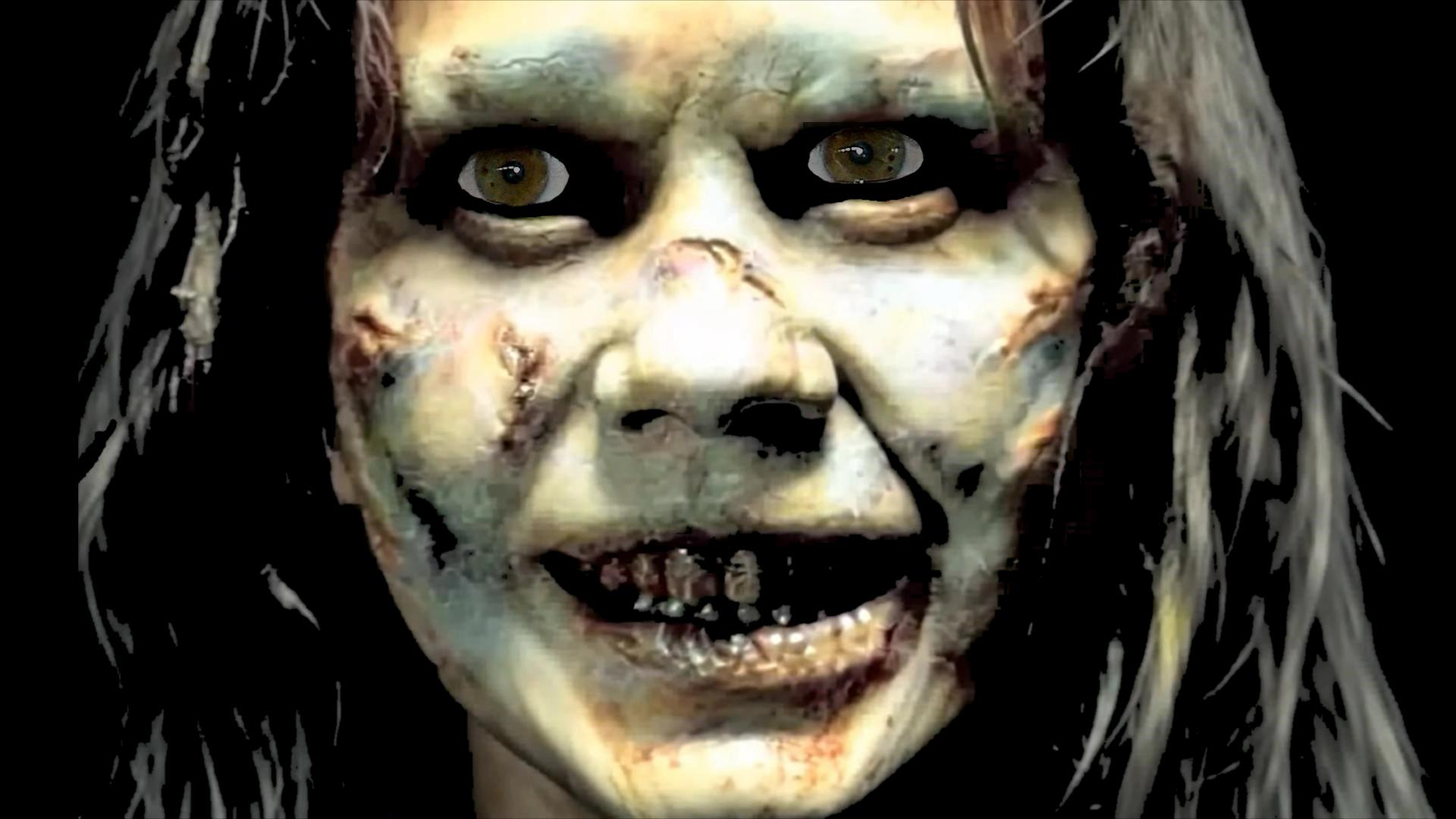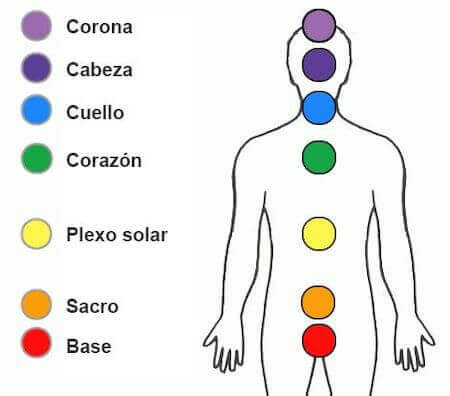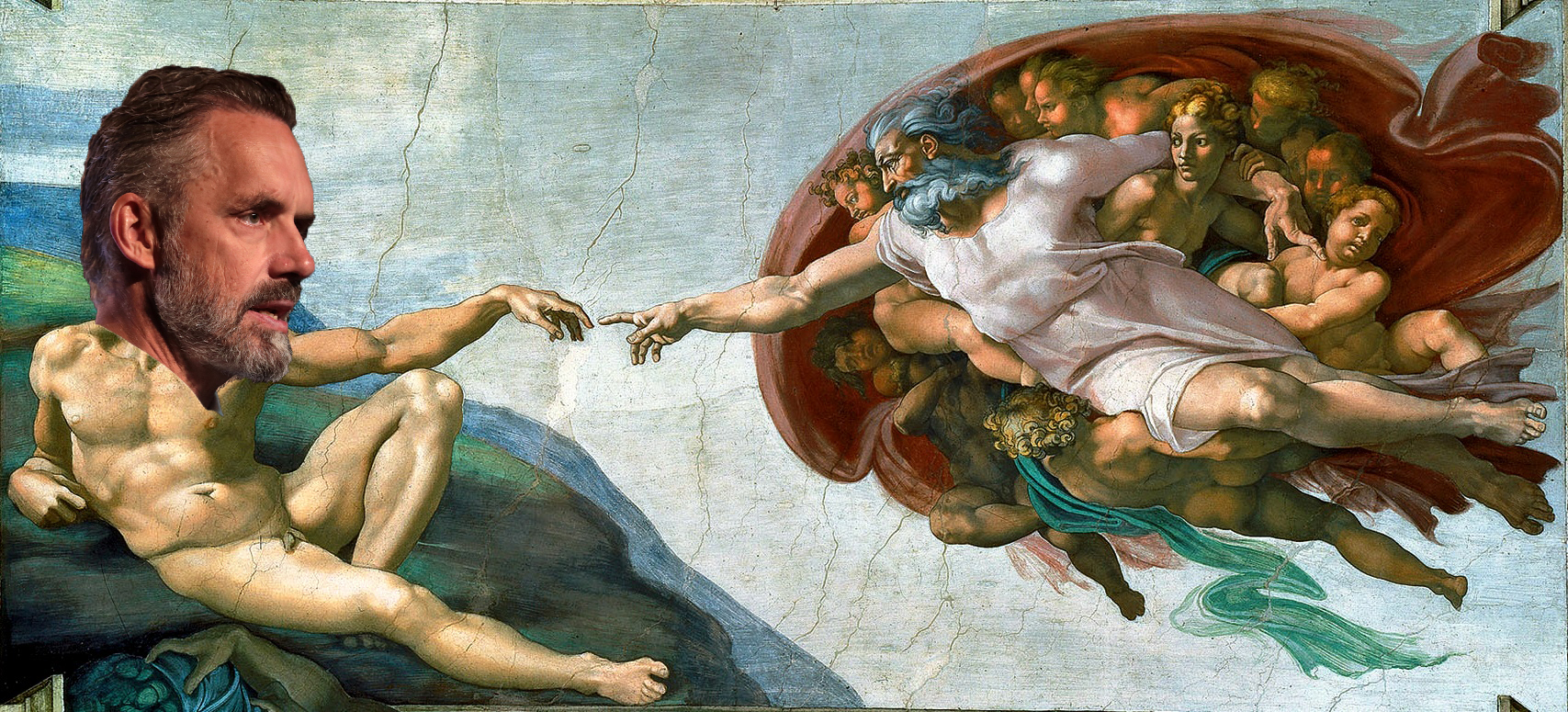
“What makes the horror genre so exciting and unstoppable is its capacity for metaphorical exploration. It’s the safe place that we, as a culture, can deal with things that upset and frighten us—the darker side of our nature.” — Mike Flanagan
Although trauma is often cast as a destructive force—fracturing the psyche and distorting development—it can, paradoxically, become a catalyst for growth. This transformation does not follow a simple cause-and-effect trajectory but emerges from a nuanced interplay between individual temperament, environmental context, and the nature of the hardship endured. Some people possess an innate or cultivated capacity to transmute suffering into strength, finding clarity within the chaos. In such cases, trauma does not merely damage; it compels a reconfiguration of the self, often resulting in sharpened insight, increased emotional intelligence, and a deeper sense of personal agency.
—
At a philosophical level, this speaks to the ancient idea that adversity, while painful, can reveal truths inaccessible through comfort alone. Just as pressure forges a diamond from carbon, certain trials provoke the mind to develop unusual capacities. These might include the sudden emergence of exceptional logical reasoning, a heightened sensitivity to the suffering of others, or the ability to navigate complex systems and abstract challenges. For instance, the ability to create a breathtaking portrait without any prior training.
—
This phenomenon isn’t limited to lived experience alone. Cultural artifacts—especially those that confront us with fear, mortality, or the unknown—can also function as psychological crucibles, a kind of trial by fire. William Friedkin’s The Exorcist (1973), with its chilling portrayal of demonic possession, remains one of the most psychologically disturbing films ever made. For a child, encountering such imagery—whether accidentally or through misguided exposure—can be deeply unsettling, planting seeds of fear, anxiety, or spiritual confusion at a formative age. The film exposes viewers to raw depictions of evil, suffering, and helplessness—concepts difficult to process even for adults, let alone for a young mind still grappling with the absurdities of a strange new world.
—
Yet paradoxically, such early exposure to darkness can provoke a premature, though powerful, reckoning with existential questions: the nature of good and evil, the fragility of the human body, and the mysteries of belief and consciousness. For some children, this confrontation may serve as a strange kind of initiation—fueling curiosity about theology, psychology, or storytelling as a means of making sense of the unknown. While The Exorcist may indeed traumatize, it can also awaken a lifelong pursuit of meaning in a world where horror and wonder are often two sides of the same coin.
—
Introducing Pazuzu, the ancient Mesopotamian demon who possesses the young girl in The Exorcist. Far from a cinematic invention, Pazuzu is a real figure from Akkadian mythology, revered paradoxically as both a harbinger of disease and a protector against other evils, such as the demoness Lamashtu. The film’s decision to cast this dual-natured force as its central antagonist underscores the ambiguous terrain of trauma itself: its capacity to destroy but also to guard, to initiate, and to illuminate. This choice is a powerful symbolic gesture that enriches the film’s depth, and its impact is undeniable.
—
The choice of Pazuzu as the possessing entity is not just a nod to the exotic or arcane—it’s a symbolic gesture toward the chaotic forces within the self that must be compassionately accepted, not merely exorcised or cast into swine. In this light, the demon becomes more than a plot device; he is a mythic cipher for the dark wisdom that suffering can awaken, a reminder that what we fear most may also be what teaches us how to endure.
—
Pazuzu’s influence in American culture extends far beyond The Exorcist. The film took an obscure figure from ancient mythology and transformed his grotesque image into a mainstream icon of cinematic evil. Since then, Pazuzu’s visage has become a shorthand for otherworldly malevolence, referenced in countless films, television shows, and music, showing how a single, powerful cultural artifact can embed a new, terrifying mythos into the collective imagination, one that continues to resurface in ever more expansive ways.
—
So rather than saying, “Get behind me, Pazuzu!” perhaps we would do well to embrace evil as our own, rather than surrendering our power to some demiurge who asks for our sins. Instead of banishing evil with archaic phrases like, “Depart thee behindist me, Satan! You are an impediment to my religious ideals,” we might find it more beneficial to comprehend and internalize our own malevolent impulses—thereby reclaiming the control we’ve long ceded to a god who depends on human sin to sustain worship.
—
Although religious traditions often prescribe an externalized approach to evil, casting it as a force to be resisted or exorcised, the journey from trauma to post-traumatic growth suggests a different path. Instead of banishing the “Pazuzus” and “Devils” of the world, we might instead embrace them as powerful metaphors for our own chaotic nature. This shift is not about condoning evil but about reclaiming agency from an outdated spiritual framework that treats it as an external enemy. By doing so, we move beyond a simple dichotomy of good and evil and embrace the nuance of human experience.
—
The true challenge, then, is not to cast our demons out, but to confront them within, transforming them from stumbling blocks into stepping stones on our journey toward wholeness. This is the ultimate act of post-traumatic growth. In this light, the confrontation with horror—whether in film, art, or lived experience—becomes a profound act of reclamation. It is the process of taking the raw, chaotic energy of fear and suffering and shaping it into something new: a story that holds wisdom, a painting that explores shadow, or a piece of music that finds beauty in melancholy. The terrifying experience of facing down Pazuzu isn’t just about survival; it’s about reclaiming the narrative, finding personal agency, and reigniting the very creative fire that makes us human.



